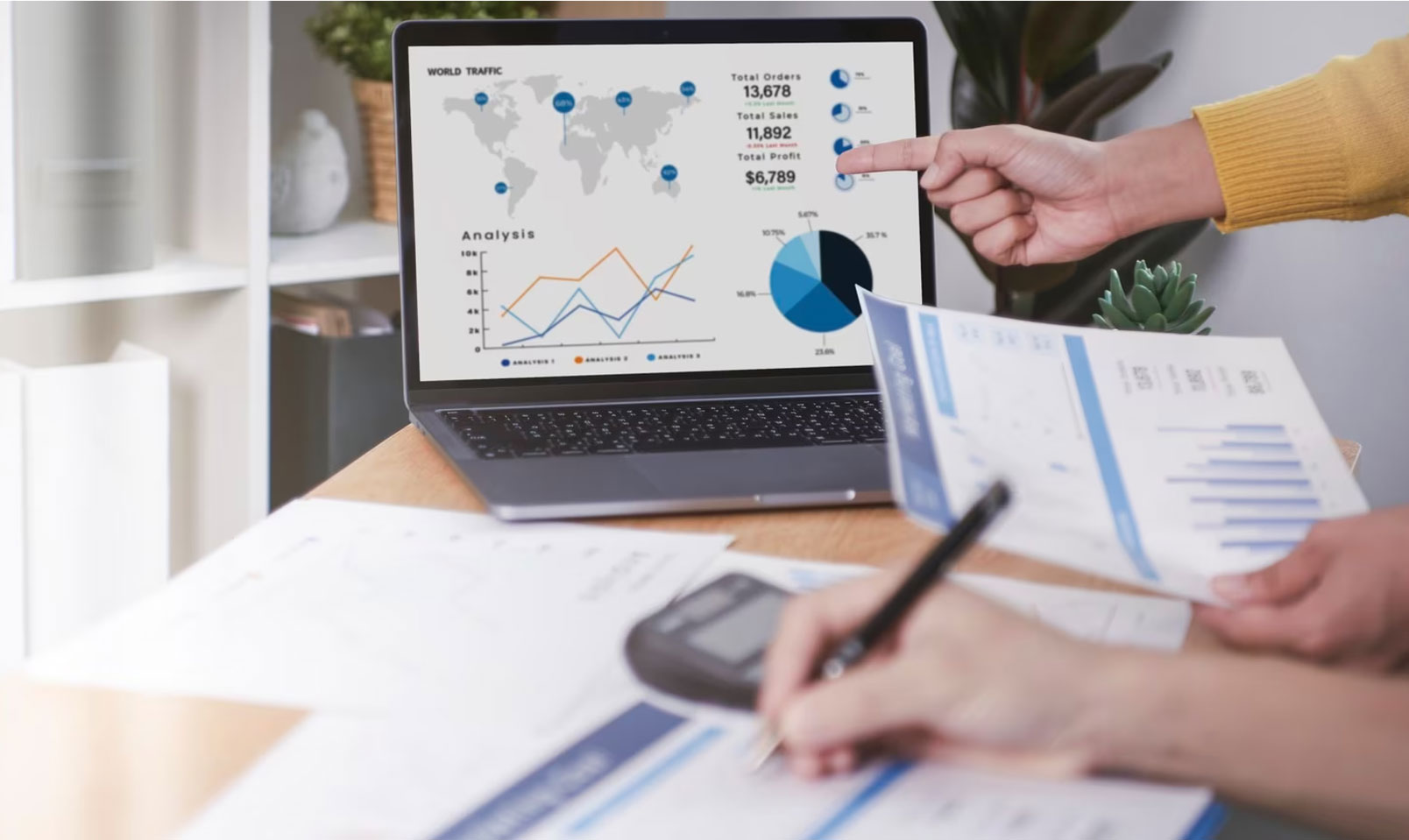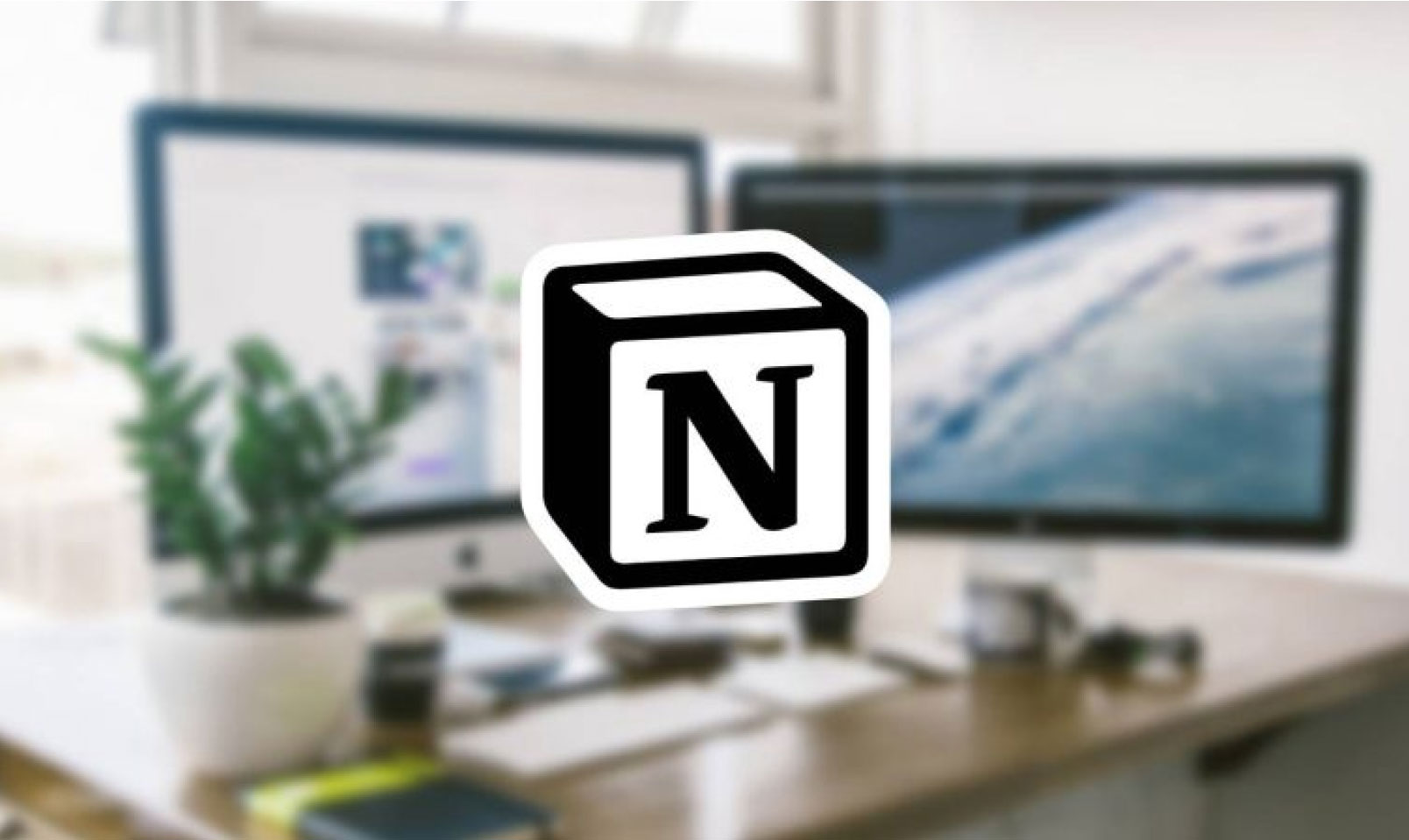Introduction
Know our services
Preparing for a future without third-party cookies may seem like an overwhelming process, but it doesn’t have to be if you commit to creating a solid measurement system. To assist you in assembling it effectively, within this article, you will discover three essential elements:
1) Build a Robust Tagging Infrastructure
It’s crucial to be aware that cookies and tags are interconnected but not interchangeable. Tags are code snippets scattered throughout a website that allow measuring visitor interactions and marketing strategy performance.
As third-party cookies disappear, establishing a strong tagging infrastructure will define measurement accuracy. It should be able to send first-party cookies and interact with new attribution capabilities provided by browsers. It’s essential to make it easy and agile to evolve alongside industry changes. Google Tag Manager and its integrations could be an option offering precise measurement and positive impact.
2) Invest in a First-Party Data Strategy
Many marketers make the mistake of believing that the disappearance of third-party cookies will hinder obtaining accurate data. However, as long as they are willing to rely on other data sources, such as first-party data, that doesn’t have to happen.
Investing in a good first-party data strategy will enable meeting customer privacy preferences and gaining valuable insights. Prioritizing a real value exchange between the brand and customers is necessary. Users can be offered benefits like recommendations, discounts, or other special offers in exchange for obtaining data on websites, apps, and other offline channels.
3) Apply Machine Learning Techniques
Machine learning analyzes data to detect trends, correlations, and insights that might go unnoticed by the human eye. In the digital realm, privacy-preserving machine learning techniques enhance campaign reports and provide a clear idea of the customer journey.
For instance, it allows modeling conversions, connecting ad interactions to conversions while preserving user privacy. Adopting this type of solution can improve measurement accuracy, evaluate actual results more precisely, and ensure privacy.






